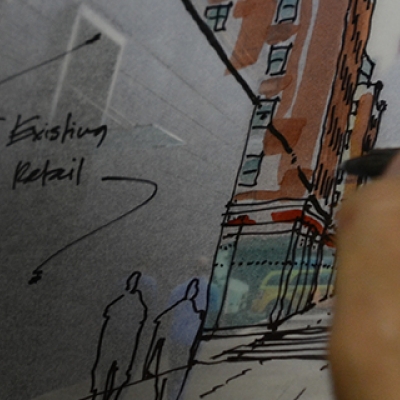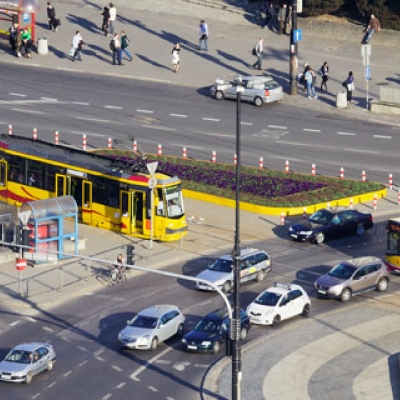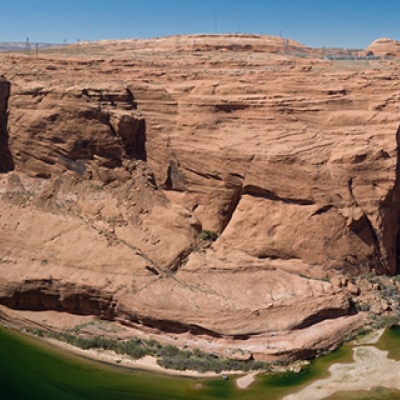
A Few Minutes with Darrin Nordahl
By Jason Leppig / On May 8th, 2012
We had a few minutes with author Darrin Nordahl and asked him his thoughts on how to transform transit.
Island Press: Why are Americans so obsessed with driving?
Darrin Nordahl: Cars deliver a sense of freedom and thrill. The former may only be a perception, as traffic choked streets hardly make one feel liberated. But the thrill of driving is undeniably real. Americans love cars because they are part of our collective culture and part of our individual identity.


